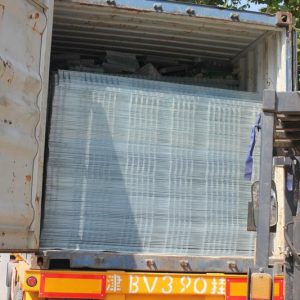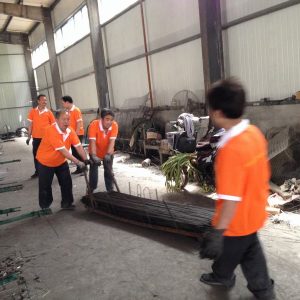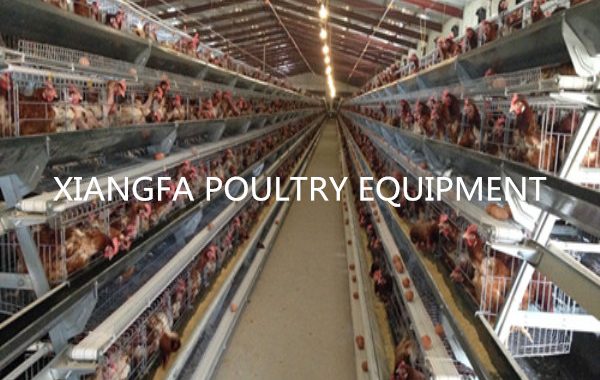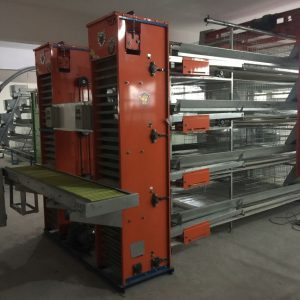
Laying hens must pass three levels
There are three barriers for laying hens to produce more eggs: cold and heat preservation, ventilation and moisture resistance.
Cold insulation
Insulation is an important link in laying hens. The most suitable temperature for laying hens is 13 ℃ ~ 20 ℃, and the winter temperature is low and the cold current is frequent. Therefore, we must pay attention to the cold and warm work, we need to close the doors and windows of the chicken house with thermal insulation materials, or hang cotton curtains on the outside of the doors and windows, and appropriately increase the feeding density of the chicken house, try not to leave empty cages, use body heat to increase the temperature of the house; The house is equipped with heating equipment, such as coal stoves, hot air stoves, etc., thick pad dry material, hay, timely removal of accumulated feces, and frequent change of sun padding.
Ventilation
Ventilation is an important measure to ensure chicken health and improve egg production performance. In winter, raising chickens often only pay attention to the cold protection and warmth of the chicken coop and neglect the ventilation, resulting in the increase of harmful gases in the chicken coop. Especially when the concentration of ammonia and hydrogen sulfide is increased, chickens are susceptible to respiratory infectious diseases. Therefore, the feces in the chicken house should be removed in time, and the sewage and moisture should be paid attention to while keeping the house warm. The winter vents can be equipped with windshields, which are generally located above the chicken house. The windshield is used to blow the incoming cold air upwards, mix it with the warm air in the house, and then blow it to the chicken.
Moisture and dehumidification
Under normal circumstances, the relative humidity in the house should be maintained at 60% to 70%. Excessive humidity creates conditions for bacteria and parasites to multiply, and at the same time increases heat dissipation, which does not achieve the effect of heat preservation in the chicken house. Therefore, we must pay attention to keeping the chicken house clean and dry, as long as it can maintain a more appropriate temperature can increase the amount of ventilation to drain moisture. If the ventilation is difficult to solve, you can sprinkle the powdered lime into the surroundings of the chicken coop. This way, you can do both. It can absorb moisture and disinfect.
Send feedback
History
Saved
Community



